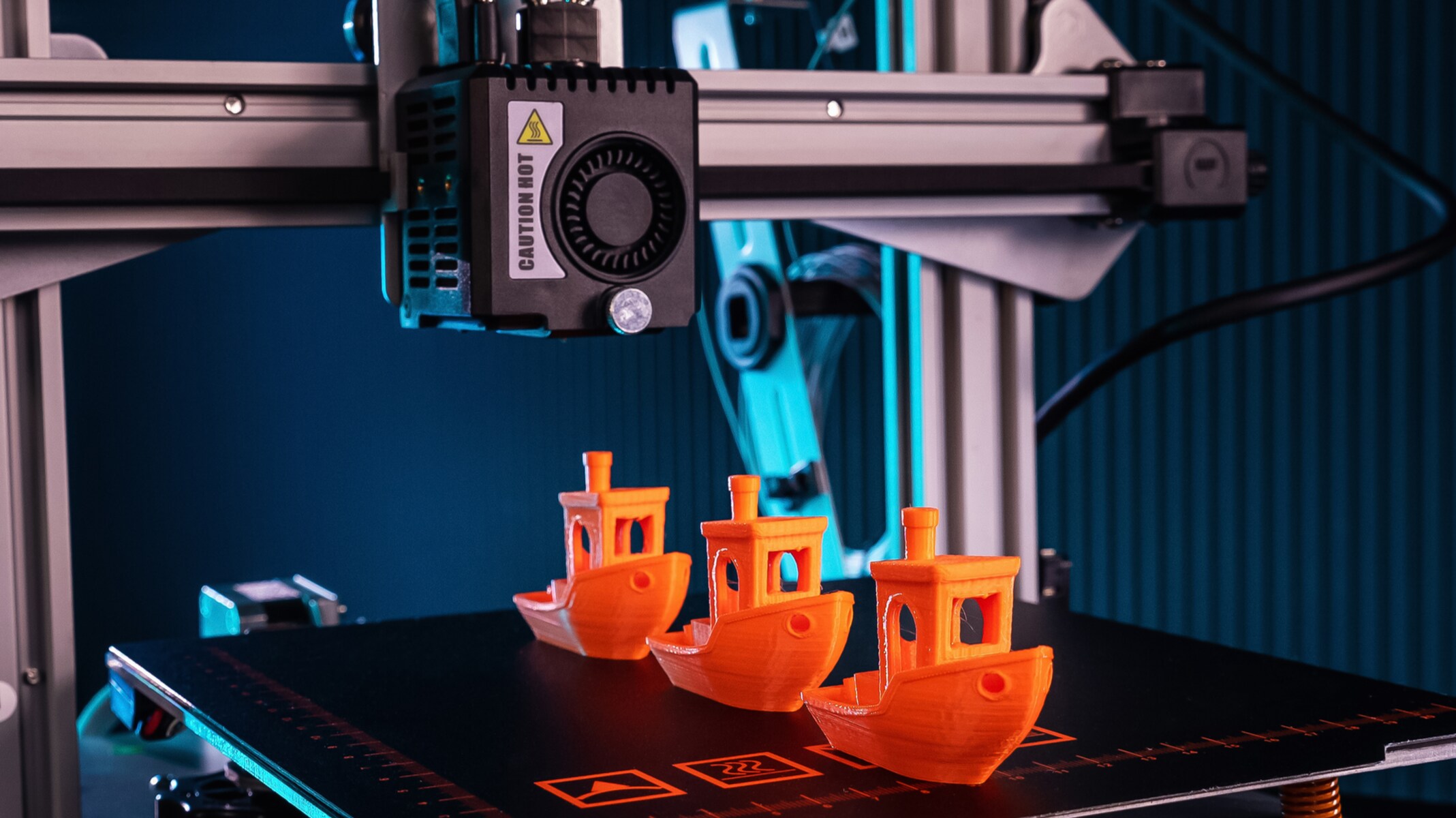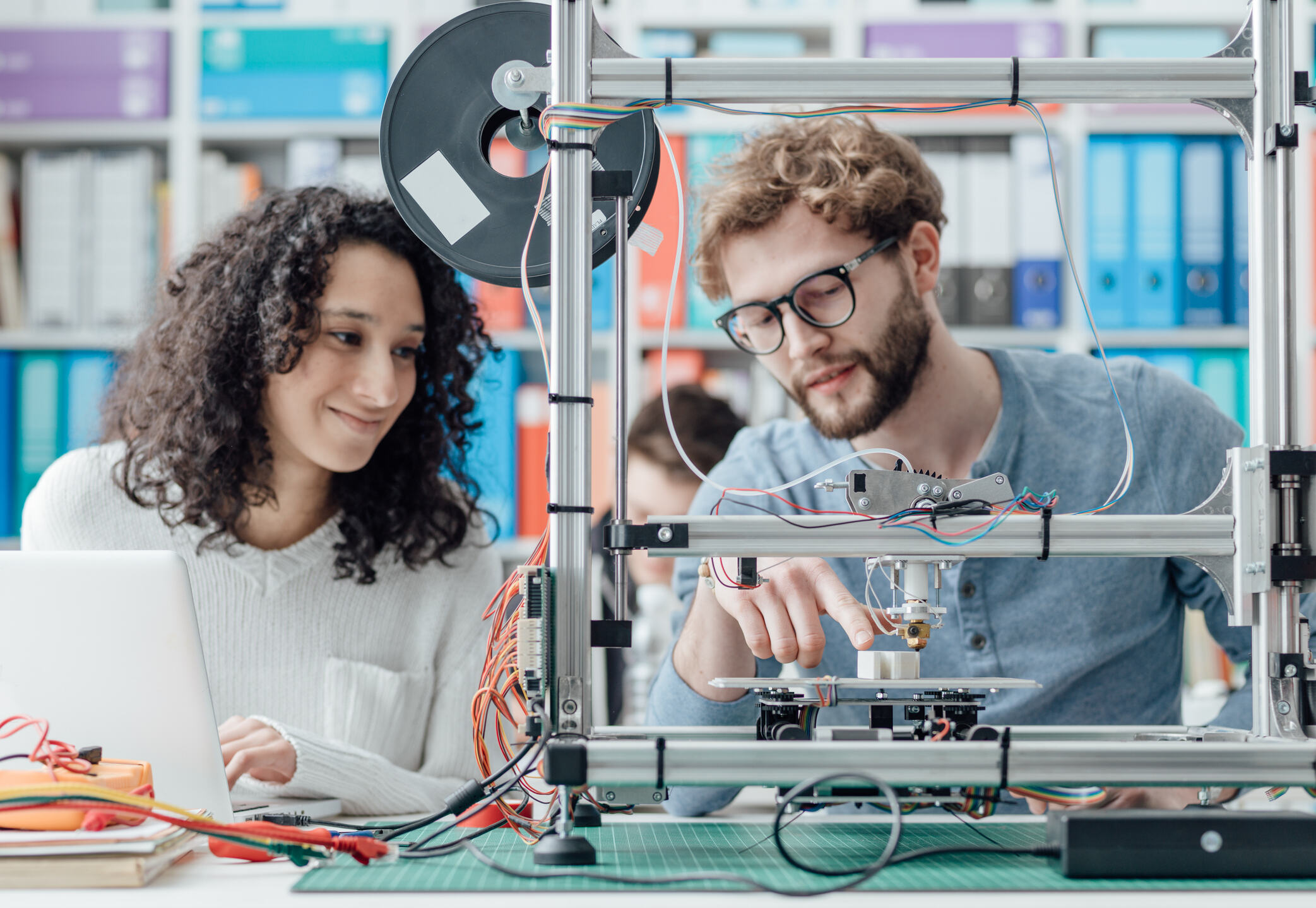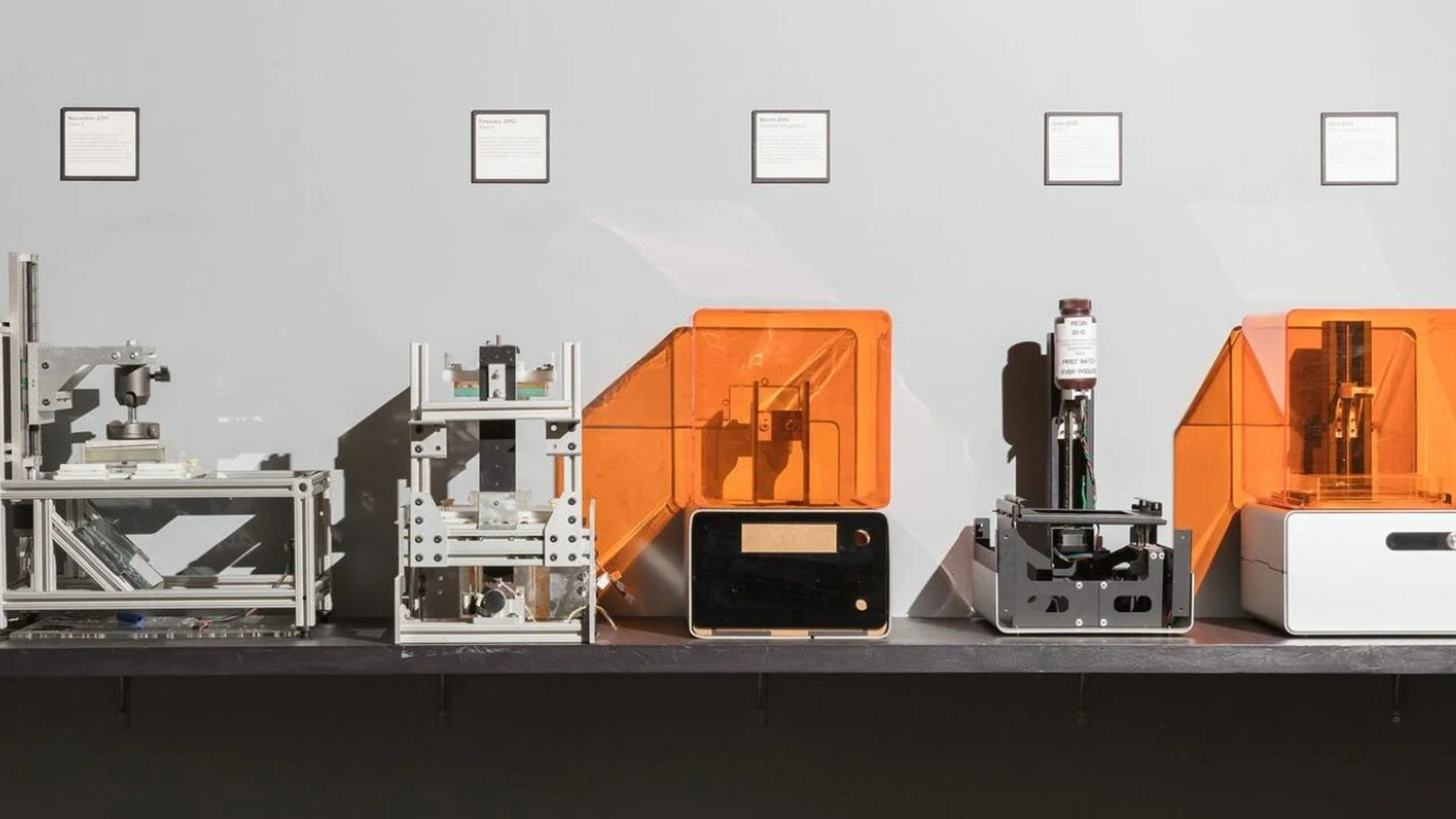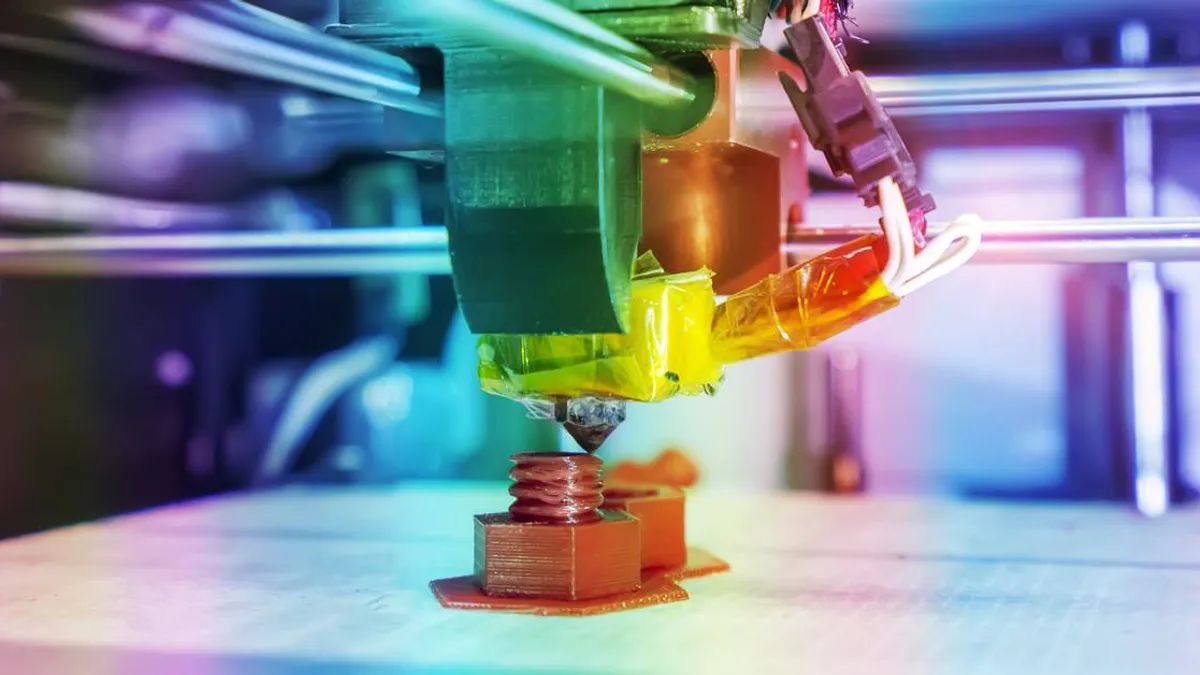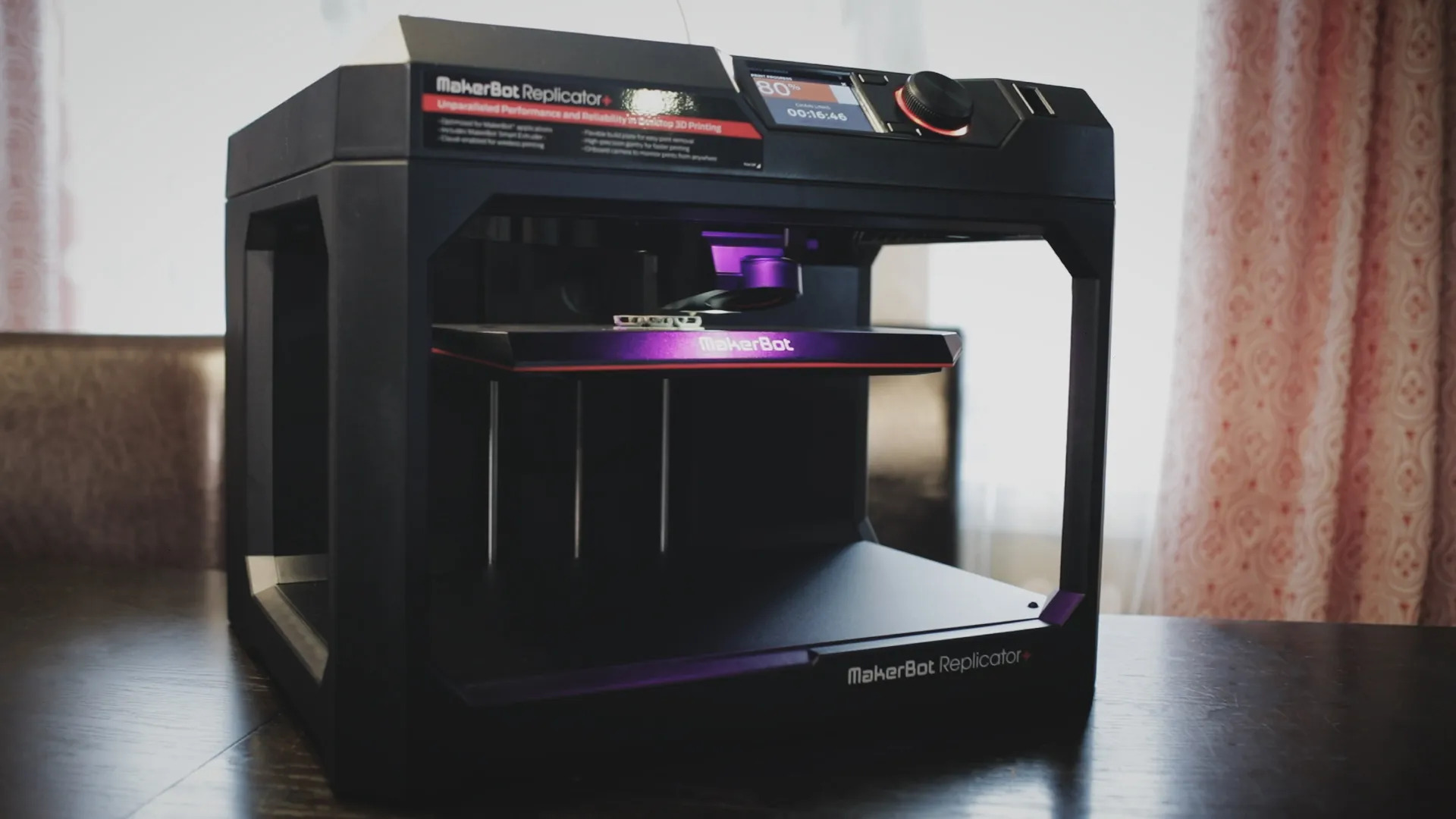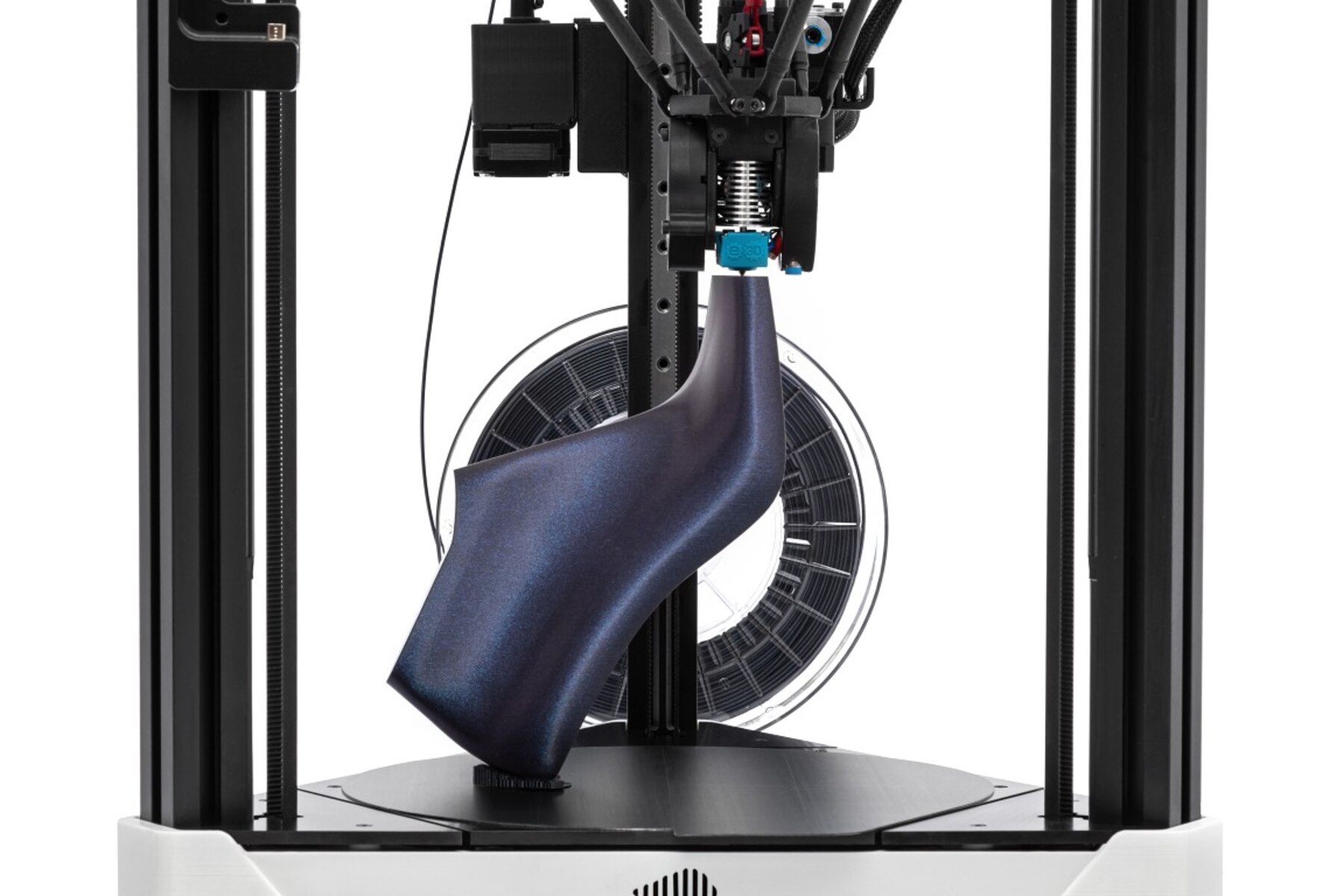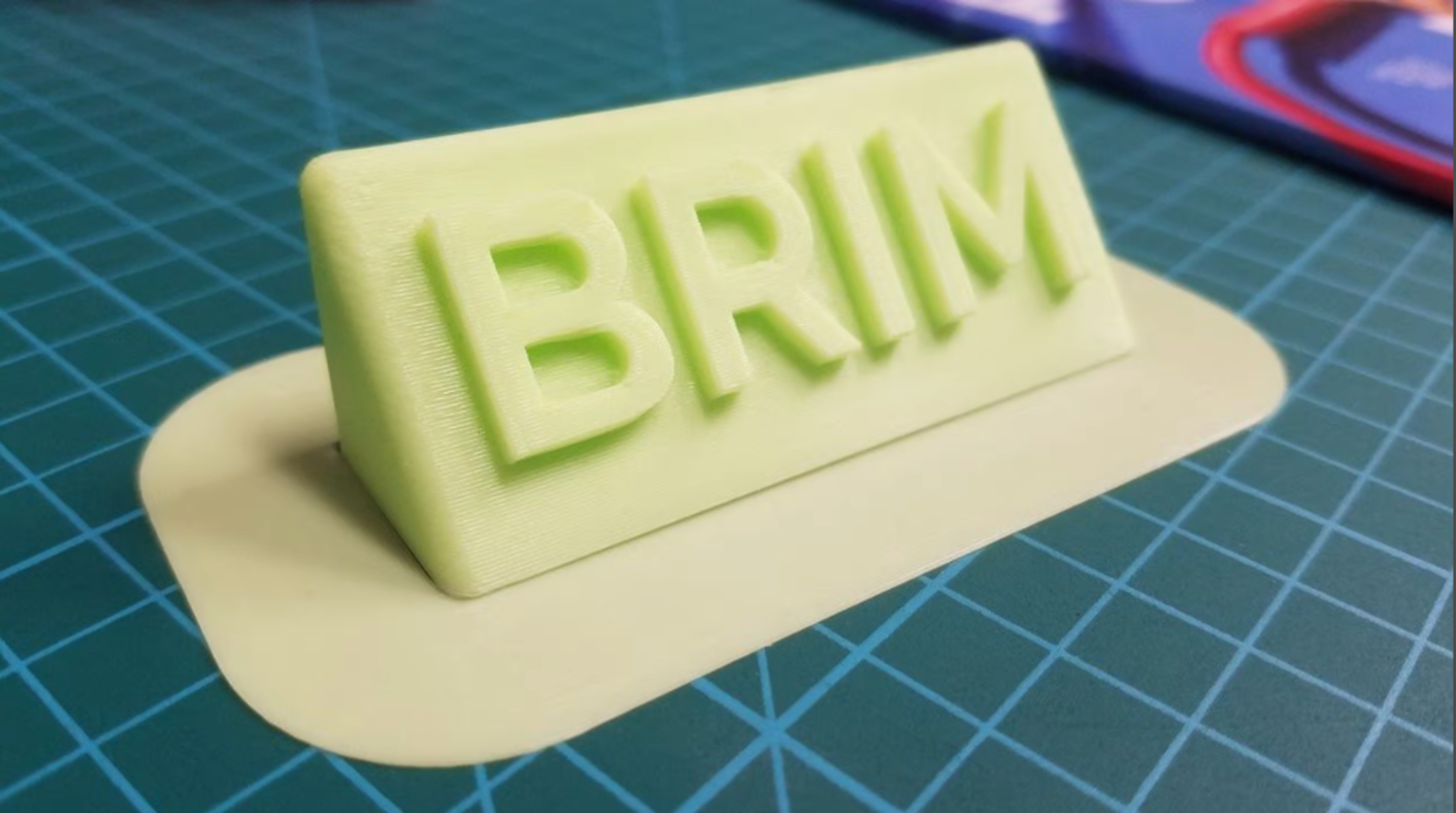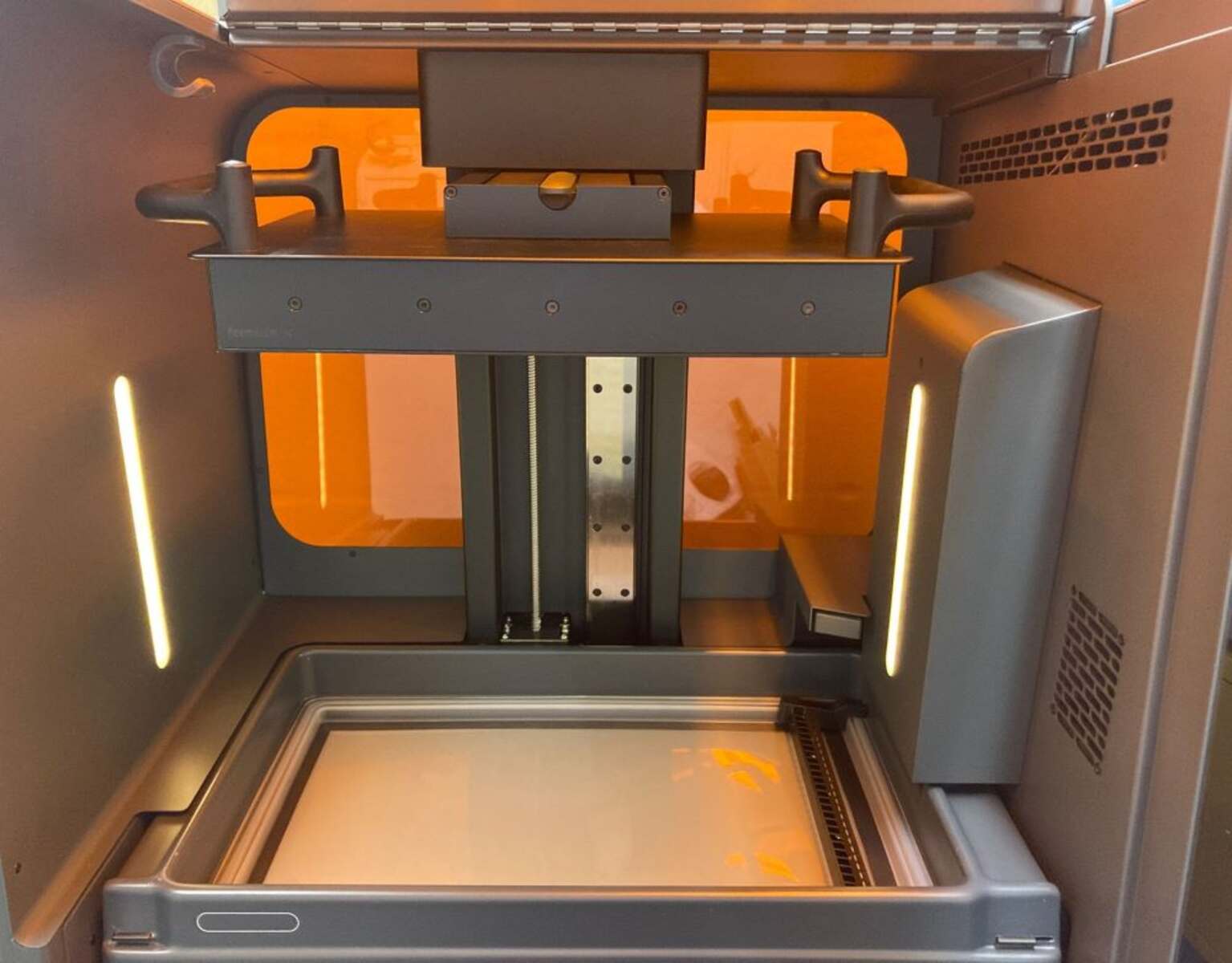Introduction
What is 3D printing? In recent years, this groundbreaking technology has captivated the attention of innovators, scientists, and enthusiasts around the world. With its ability to transform digital designs into physical objects, 3D printing has revolutionized various industries, from manufacturing and medicine to fashion and art.
Also known as additive manufacturing, 3D printing involves the layer-by-layer construction of objects based on computer-generated models. Unlike traditional manufacturing methods that involve subtracting material from a solid block, 3D printing builds objects from the ground up, creating intricate and complex shapes that were once deemed impossible.
The concept of 3D printing isn’t entirely new. It dates back to the 1980s, when Charles Hull developed the first stereolithography machine, which used light-activated polymers to create objects layer by layer. Since then, 3D printing technology has greatly advanced, and today, there are various types of 3D printers and materials available on the market.
3D printing has opened up a world of possibilities, allowing for rapid prototyping, customization, and even the production of end-use parts. Companies can now design and test prototypes in a matter of hours, rather than waiting weeks or months for manufacturing. Customizable products, tailored to the specific needs of individuals, have become more accessible and affordable. The medical field has also benefited greatly from 3D printing, with advancements in prosthetics, surgical models, and even organ printing.
As the 3D printing industry continues to evolve, it is important to understand the different technologies, applications, and limitations associated with this technology. In the following sections, we will explore the history of 3D printing, how it works, the various types of 3D printing technologies available, its applications across different industries, the benefits and limitations it offers, and the future trends that lie ahead. So, let’s delve deeper into the fascinating world of 3D printing.
History of 3D Printing
The origins of 3D printing can be traced back to the 1980s, when Charles W. Hull developed the first-ever 3D printing technology known as stereolithography. Hull, now considered the father of 3D printing, founded a company called 3D Systems and patented his innovative concept in 1986.
Stereolithography utilized a photopolymer resin that solidified layer by layer when exposed to a specific wavelength of light. This groundbreaking technique allowed for the creation of three-dimensional objects from computer-generated models.
As the 3D printing industry progressed, other additive manufacturing technologies emerged. In the early 1990s, selective laser sintering (SLS) was introduced by Carl Deckard and Joe Beaman at the University of Texas at Austin. SLS involved using a high-powered laser to sinter powdered materials, such as plastics, metals, and ceramics, to produce solid objects layer by layer.
Another significant milestone occurred in 1992 when Scott Crump invented fused deposition modeling (FDM). This technique involved extruding a thermoplastic material through a heated nozzle, which then deposited the material layer by layer to create the desired object. FDM became especially popular due to its ease of use and affordability.
Throughout the 1990s and early 2000s, 3D printing technologies continued to evolve, with advancements in materials, precision, and speed. The patents for key technologies began to expire, leading to the democratization of 3D printing. This opened the doors for more individuals and companies to access and utilize this technology.
Today, there are numerous types of 3D printing technologies available, including stereolithography (SLA), selective laser sintering (SLS), digital light processing (DLP), fused deposition modeling (FDM), and more. Each technology has its own benefits and limitations, catering to a wide range of applications across various industries.
The history of 3D printing is a testament to human ingenuity and the continuous drive for innovation. What started as a groundbreaking concept in the 1980s has now transformed into a multi-billion-dollar industry, with endless possibilities for creating personalized products, improving manufacturing processes, and revolutionizing healthcare.
How Does 3D Printing Work?
At its core, 3D printing is an additive manufacturing process that converts digital designs into physical objects. The process involves several key steps:
- Designing the Model: The first step in the 3D printing process is creating a digital 3D model using computer-aided design (CAD) software. This model serves as the blueprint for the object you want to create.
- Slicing the Model: Once the 3D model is created, it needs to be sliced into thin layers. Slicing software takes the digital model and separates it into cross-sectional layers, allowing the 3D printer to build the object layer by layer.
- Preparing the Printer: Next, the 3D printer needs to be set up and prepared for printing. This involves checking the printer components, ensuring the desired material is loaded correctly, and calibrating the printer settings.
- Printing the Object: With the model sliced and the printer prepared, the 3D printing process can begin. The printer starts by depositing the first layer of material onto the build plate according to the specifications of the sliced model. It then continues to add successive layers until the entire object is created.
- Post-Processing: After the printing process is complete, the object may require some post-processing. This can include removing any support structures that were printed along with the object, sanding or polishing the surface for a smoother finish, or applying any necessary coatings or finishes to enhance the appearance or functionality of the object.
The specific 3D printing technology being used determines the materials and processes involved in each step. For example, stereolithography (SLA) printers use liquid resins that are hardened by a laser or UV light, while fused deposition modeling (FDM) printers use spools of filament that are melted and extruded through a nozzle.
3D printing enables intricate and complex designs to be transformed into physical objects layer by layer. It allows for a high level of customization, as objects can be tailored to specific requirements. Additionally, 3D printing is a highly precise and efficient process, minimizing material waste and streamlining production.
Understanding how 3D printing works is crucial for maximizing its potential in various applications. Whether it’s rapid prototyping, creating customized products, or even constructing entire buildings, 3D printing offers limitless possibilities for innovation and manufacturing.
Types of 3D Printing Technologies
There are various types of 3D printing technologies available, each with its own unique characteristics and applications. Let’s explore some of the most common ones:
- Stereolithography (SLA): SLA is one of the oldest and widely used 3D printing technologies. It uses a liquid photopolymer resin that is hardened layer by layer using a UV laser or light source. SLA produces highly detailed and accurate objects, making it suitable for applications like prototyping, jewelry manufacturing, and dental models.
- Fused Deposition Modeling (FDM): FDM is one of the most popular and affordable 3D printing technologies. It works by extruding a thermoplastic filament through a heated nozzle, which then solidifies layer by layer. FDM is widely used for rapid prototyping, functional parts, and hobbyist projects.
- Selective Laser Sintering (SLS): SLS utilizes a laser to fuse powdered materials, such as plastics, metals, or ceramics, layer by layer. The unused powder supports the object being printed, eliminating the need for additional support structures. SLS is commonly used for producing functional end-use parts, intricate designs, and objects with complex geometries.
- PolyJet: PolyJet technology uses liquid photopolymer that is jetted and instantly cured using UV light. It can produce color-rich, flexible, and multi-material objects with high accuracy and smooth surface finishes. PolyJet is often employed in industries such as automotive, consumer goods, and product design.
- Digital Light Processing (DLP): DLP is similar to SLA, but instead of using a laser, it employs a projector to cure each layer of the resin. DLP is known for its fast printing speed and high resolution, making it suitable for applications like jewelry, dental models, and architectural prototypes.
- Direct Metal Laser Sintering (DMLS): DMLS is a 3D printing technology that can produce metal parts. It uses a high-powered laser to fuse metal powder, layer by layer, to create fully dense metal objects with complex geometries. DMLS is highly utilized in aerospace, medical, and automotive industries where strength, durability, and precision are imperative.
These are just a few examples of the numerous 3D printing technologies available today. Each technology offers different advantages and limitations, allowing for a wide range of applications across various industries. Understanding the capabilities of each technology is essential for choosing the most appropriate method for specific projects and achieving the desired outcomes.
Applications of 3D Printing
The versatility and flexibility of 3D printing have led to its widespread adoption across various industries. Here are some notable applications of 3D printing:
- Prototyping: 3D printing has revolutionized the prototyping process, allowing designers and engineers to quickly create physical models of their designs. It enables rapid iterations and design improvements, saving both time and cost in the development phase.
- Customization: With 3D printing, mass customization is now a viable option. Products can be tailored to individual preferences and needs, offering a personalized experience that was previously impractical or expensive. Industries such as healthcare, fashion, and consumer goods have embraced this capability.
- Medical and Healthcare: 3D printing has had a profound impact on the medical field. It has enabled the production of patient-specific anatomical models for surgical planning and training, custom prosthetics and orthotics, and even complex organ structures for transplantation research. The technology has revolutionized patient care and improved treatment outcomes.
- Architecture and Construction: 3D printing is being utilized in architecture and construction to create intricate and sustainable structures. Large-scale 3D printers can create building components with precision and speed, reducing waste and labor costs. This technology has the potential to transform the construction industry in terms of efficiency and design possibilities.
- Automotive and Aerospace: 3D printing has made significant contributions to the automotive and aerospace sectors. From prototyping and functional parts production to creating lightweight components and tooling, 3D printing has improved efficiency, reduced production time, and opened up new design possibilities.
- Educational and Hobbyist: 3D printing has become increasingly popular in educational institutions and among hobbyists. It allows students to bring their ideas to life, learn about design and manufacturing processes, and gain hands-on experience. Hobbyists can also create customized products, accessories, and artistic creations.
- Food and Culinary: 3D printing has even found its way into the culinary world. Chefs and food enthusiasts are experimenting with 3D printers that can create intricate shapes and designs with edible materials. This technology has the potential to enhance food presentation, create unique textures, and cater to specific dietary requirements.
These are just a few examples of the numerous applications of 3D printing. The technology continues to evolve, pushing boundaries and unlocking new possibilities in various industries. From healthcare advancements to sustainable construction practices, 3D printing has the potential to revolutionize the way we create, customize, and innovate.
Benefits and Limitations of 3D Printing
3D printing offers numerous benefits and has the potential to transform industries, but it also has certain limitations that need to be considered. Let’s explore both the benefits and limitations of 3D printing:
- Benefits:
- Customization: 3D printing allows for the creation of highly customized products, tailored to individual needs and preferences.
- Rapid Prototyping: The ability to quickly produce prototypes allows for faster iterations and design improvements, reducing time to market.
- Cost-Effectiveness: 3D printing eliminates the need for expensive tooling and molds often required in traditional manufacturing processes.
- Complexity and Design Freedom: 3D printing enables the creation of intricate and complex designs that would be difficult to achieve using traditional methods.
- Reduced Waste: The additive manufacturing process of 3D printing minimizes material waste by using only what is needed to create the object.
- Manufacturing Accessibility: 3D printing has democratized manufacturing, allowing individuals, small businesses, and startups to access and utilize the technology.
- Limitations:
- Speed: 3D printing can be a slower process compared to traditional manufacturing methods, especially for large or complex objects.
- Material Limitations: Although the range of printable materials is expanding, 3D printing still has limitations in terms of available materials, especially when it comes to certain properties like strength and durability.
- Size Restrictions: The size of the printable object is limited by the build volume of the 3D printer, which may restrict the production of large-scale objects.
- Post-Processing Needs: Many 3D printed objects may require post-processing, such as support removal, sanding, or additional treatments, to achieve the desired finish and functionality.
- Print Quality and Resolution: Achieving high-resolution and smooth surface finishes may require more advanced and expensive 3D printers.
- Cost: While 3D printing can be cost-effective for certain applications, the initial investment in equipment, materials, and maintenance can still be significant.
Understanding the benefits and limitations of 3D printing is essential for determining its suitability for specific applications. Despite the challenges, the benefits of customization, rapid prototyping, cost-effectiveness, and design freedom make 3D printing an attractive and transformative technology in various industries.
Future Trends in 3D Printing
The future of 3D printing looks promising, with continued advancements and exciting possibilities on the horizon. Here are some key trends to watch out for:
- Expanded Material Selection: As the field of 3D printing continues to evolve, there will be a growing range of materials available for printing. This includes innovative materials with enhanced properties like strength, flexibility, and conductivity, enabling the production of even more diverse and functional objects.
- Improved Speed and Scalability: 3D printing technology is constantly advancing, aiming to overcome the speed limitations associated with the process. Future developments may lead to faster printing speeds and larger build volumes, making 3D printing more efficient and applicable to a broader range of applications.
- Multi-Material and Multi-Color Printing: The ability to print objects with multiple materials and colors opens up new possibilities for creating complex and visually stunning designs. Advancements in multi-material 3D printing will enable the production of objects with varying properties within a single print.
- Bioprinting and Tissue Engineering: Bioprinting, the 3D printing of living tissues and organs, is a rapidly growing field with immense potential for healthcare advancements. Researchers are working towards printing functional human organs, making organ transplantation more accessible and reducing the need for donor organs.
- Industry Integration: 3D printing is becoming an integral part of various industries, including aerospace, automotive, and healthcare. As the technology continues to mature, there will be increased integration of 3D printing into manufacturing processes, leading to streamlined production, reduced costs, and improved product performance.
- On-Demand Manufacturing: The concept of on-demand manufacturing, where products are printed as needed, is gaining momentum. This approach offers benefits such as reduced inventory, shorter lead times, and the ability to quickly respond to market demands, making supply chains more efficient and sustainable.
- Advanced Applications: The future of 3D printing holds exciting possibilities in various sectors. These include printing intricate electronic circuits, creating functional consumer products, printing construction materials for large-scale projects, and even printing food tailored to individual nutritional needs or dietary restrictions.
The future of 3D printing is full of potential, and these trends indicate that the technology will continue to reshape industries, drive innovation, and provide unique solutions to complex challenges. As advancements in materials, speed, scalability, and application-specific technologies continue, 3D printing will unlock new opportunities and transform the way we design, manufacture, and interact with physical objects.
Conclusion
3D printing has undoubtedly emerged as a revolutionary technology with the power to transform various industries. From rapid prototyping and customization to medical advancements and architectural innovations, the applications of 3D printing are vast and ever-expanding.
As we have explored in this article, 3D printing offers numerous benefits, such as customization, rapid prototyping, cost-effectiveness, and design freedom. It has democratized manufacturing, allowing individuals and small businesses to access and utilize this technology. The ability to create complex and intricate designs with precision has opened up new possibilities for innovation and problem-solving.
However, it is important to note the limitations of 3D printing, such as speed, material selection, and post-processing requirements. These limitations are being addressed through ongoing advancements and research, but they should be taken into account when considering the feasibility and applicability of 3D printing for specific projects or industries.
The future of 3D printing is bright, with trends such as expanded material selection, improved speed and scalability, bioprinting, and industry integration leading the way. As this technology continues to evolve, we can expect to see more efficient, advanced, and diverse applications across various sectors.
Ultimately, 3D printing is revolutionizing the way we design, manufacture, and interact with physical objects. It is empowering innovation, enabling customization, and driving progress in industries ranging from healthcare and aerospace to fashion and education.
As we move forward, it is crucial to keep pace with the advancements and possibilities offered by 3D printing. The collaboration between creative minds, engineers, and researchers will push the boundaries of this technology, opening up new frontiers and unlocking endless opportunities for human ingenuity to thrive.







